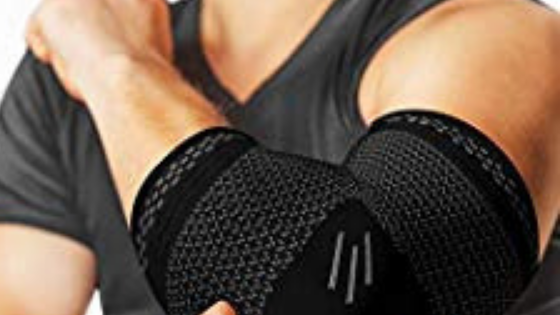Golfer’s elbow is a condition caused in elbow and forearm by damaged muscles and ligaments. Muscles are responsible for our body’s voluntary movements. When they are damaged by micro tears they result in restricted movement because of pain and inflammation. Eventually, the formation scar tissues and calcium deposits will create further complications such as restricted blood flow and nerve pinch.
Cause and symptoms
Repetitive action without rest is the common cause of golfer’s elbow because it can prolong the muscle strain leading to further damage. It can also be caused by direct injuries like fall, bump and sports injuries. Activities that can exacerbate tendons in elbow are:
1. Incorrectly gripping or swinging the golf clubs.
2. Improper position and inappropriate weights during weight lighting.
3. Inappropriate techniques for throwing or pitching.
4. Menial activities.
Golfer’s elbow is commonly found in people aged in between 20 to 50. Anybody who is involved in an activity that applies extra pressure and stress on the tendons in elbow are at risk.
Golfer’s elbow has common symptoms like occurrence of pain in the inner part of upper forearm. Other associated symptoms are stiffness, numbness and any restriction of movement.
Prevention
Golfer’s elbow is one of the conditions which are easy to prevent but hard to cure when occurred. Rest in between activities is one of the easiest ways to prevent it. Learning new methods to prevent repetitive action can be helpful. Activities should be started by performing appropriate warm up exercises for muscles and tendons. Stretching exercises will also help retain flexibility in order to prevent muscular strain. Forearm muscles must be strengthened with exercise and workout along with other techniques like strapping and bracing.
Treatment
Basically, golfer’s elbow is a soft tissue injury in muscles and tendons of elbow joint. Therefore, treatments used for other soft tissue injury can be applied. It can be diagnosed by following a regime that involves rest, ice, compression and elevation. Chances of recovery increases if the diagnosis is provided within two to three days of the onset of injury. Appropriate diagnosis must be provided by a trained and experienced physical therapy professional.
Healing time can be increased by provide heat based massage treatments in order to completely remove scar tissues. A successful recovery will be followed by treatments for rehabilitation to help the regain the strength in muscles.


